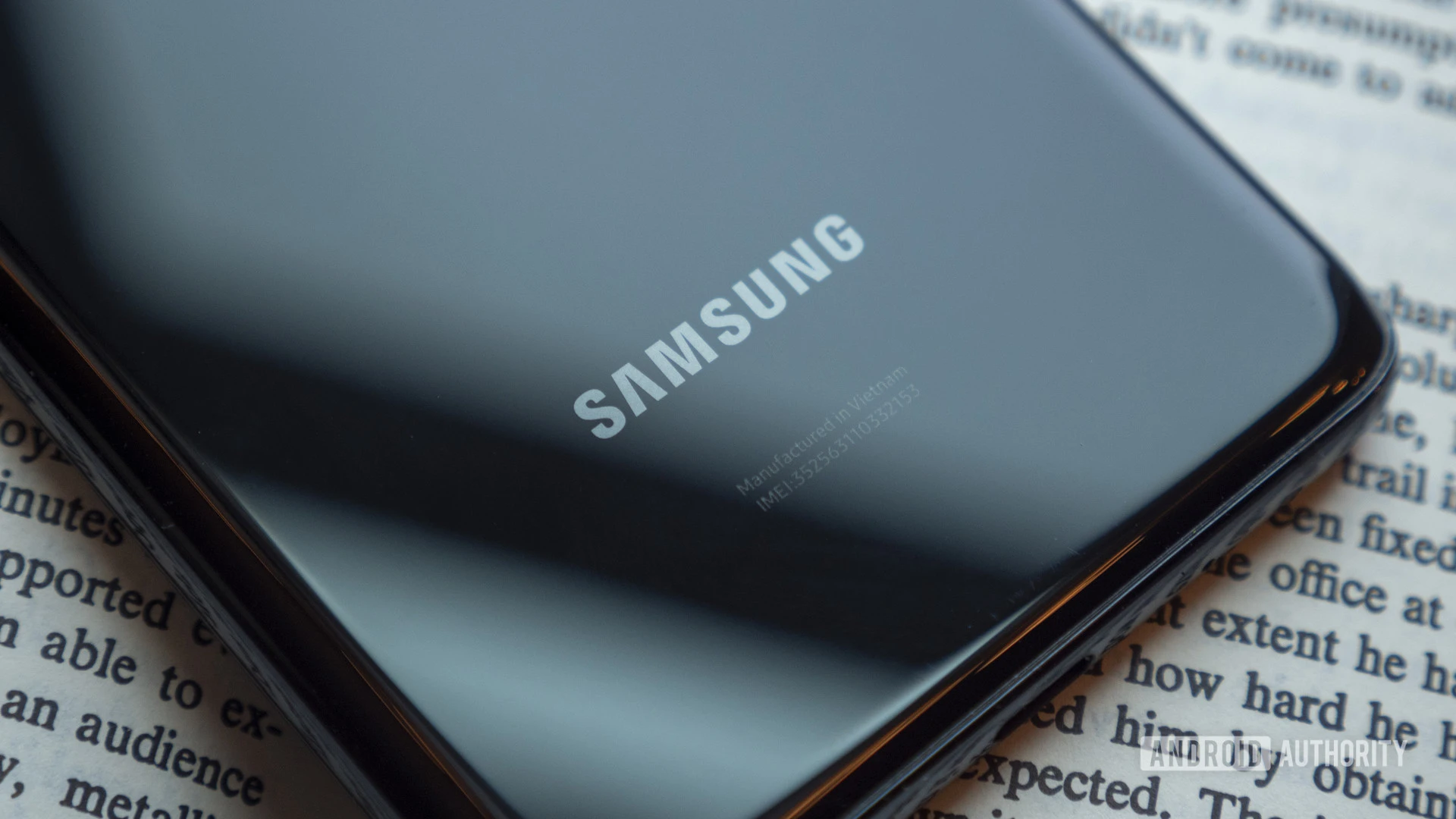Because PCs are based on a hardware standard that allows for a standard kernel and pluggable drivers. So you can just take a standard install of a new version of Windows, and toss in the same drivers from the last version, and you're on your way.
On ARM, there is no such standard that is widely deployed, the hardware is integrated bespoke for each and every device, so building a new version of the OS for a specific phone means using very specific configurations (where in memory is the GPU mapped? where is the sound chip mapped? on a PC the hardware can plug-and-play detect this stuff, on ARM it has to be hardcoded into the OS for every device). This is made worse by the chips used in mobile phones being proprietary hardware where the drivers are only released to manufacturers under NDA, and these hardware manufacturers often don't bother to supply updates at all and individual phone manufacturers don't have enough clout to force them to


![[HN] Samsung sees 95% drop in profits for a second consecutive quarter](https://lemmy.uhhoh.com/pictrs/image/d4520be0-e833-444a-b012-4f47bc1d9af9.jpeg?format=webp&thumbnail=196)